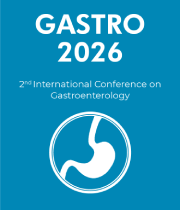Gastrocnemius Muscle
The gastrocnemius muscle is a muscle located in the back of the lower leg. It is the most superficial of the two calf muscles, the other being the soleus muscle. The gastrocnemius originates from the condyles of the femur and attaches to the heel bone via the Achilles tendon. It is primarily responsible for plantar flexion and knee flexion. During activities such as running, jumping, and walking, the gastrocnemius is recruited to help propel the body forward. The gastrocnemius is composed of two heads: the medial and lateral heads. The medial head originates from the medial side of the femur and attaches to the medial side of the heel bone. The lateral head originates from the lateral side of the femur and attaches to the lateral side of the heel bone. The gastrocnemius is innervated by the tibial nerve, which is a branch of the sciatic nerve. Both heads of the gastrocnemius are engaged during activities such as walking, running, and jumping. The gastrocnemius plays an important role in providing stability to the ankle and knee joints. It helps to control the dorsiflexion of the ankle joint, which is important for proper ankle joint motion. It also helps to control the flexion of the knee joint during activities such as running and jumping. Additionally, the gastrocnemius helps to control the pronation and supination of the foot. The gastrocnemius can be strengthened through a variety of exercises, such as calf raises, squats, and lunges. These exercises help to strengthen the gastrocnemius and improve the function of the ankle and knee joints. Strengthening the gastrocnemius can also help to reduce the risk of injuries related to activities such as running and jumping.



